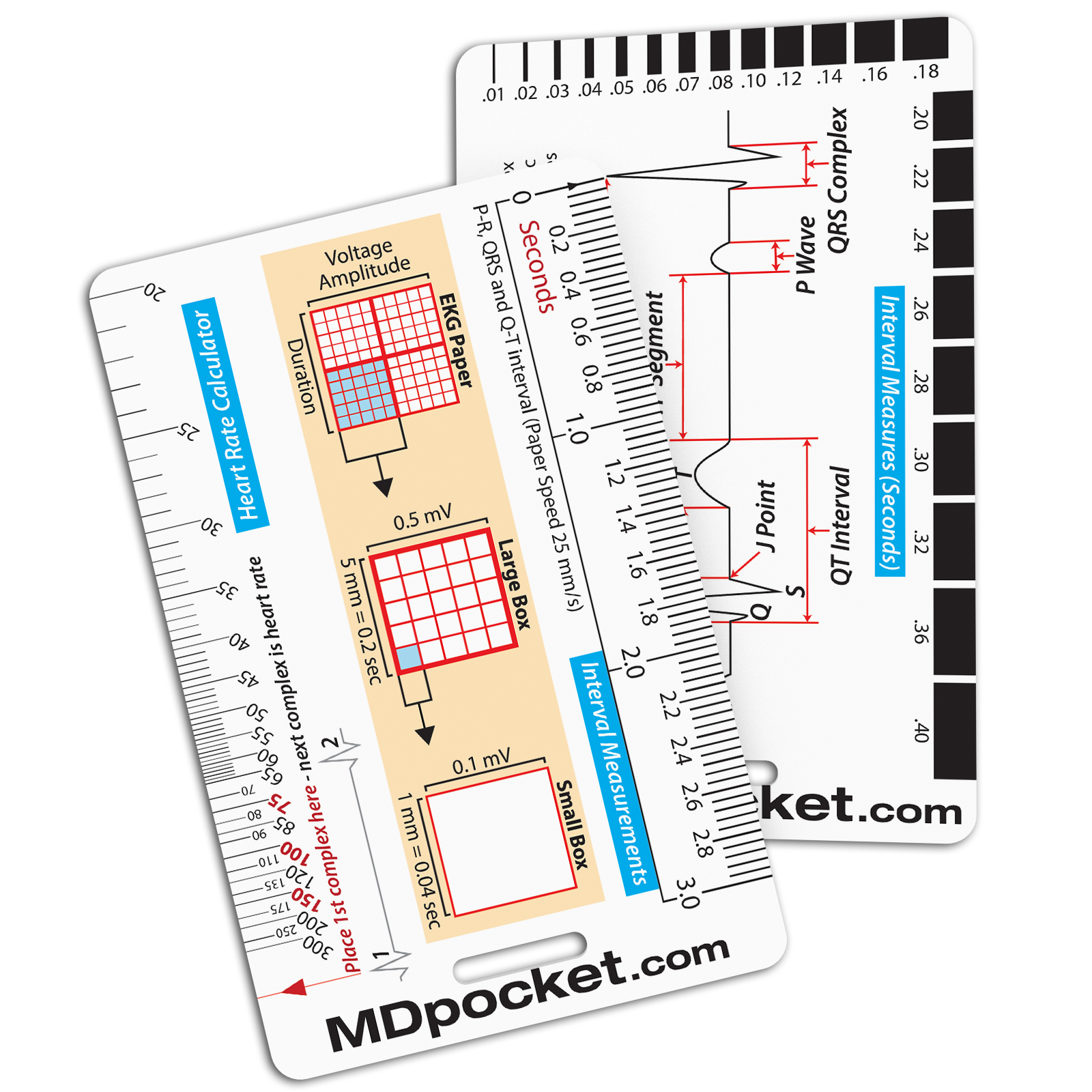How To Verify 100 Dollar Bill Image? Authenticity Check
The process of verifying the authenticity of a 100 bill involves a combination of visual inspections and the use of specialized tools. The United States government, through the Department of the Treasury's Bureau of Engraving and Printing (BEP), incorporates advanced security features into its currency to prevent counterfeiting. These features are designed to be easy to check but difficult to replicate. Here’s a step-by-step guide on how to verify the authenticity of a 100 bill:
1. Color-Shifting Numeral
In the lower right corner of the $100 bill, there is a numeral “100” that changes from copper to green when tilted. This effect is achieved through the use of color-shifting ink that appears to change as the bill is moved.
2. 3D Security Ribbon
Embedded in the paper to the right of the portrait is a 3D Security Ribbon. When tilted, images of 100s and liberty bells shift and change, creating a dynamic visual effect. The bell inside the ribbon changes to a “100” as you tilt the bill.
3. Bell in the Inkwell
On the front of the bill, to the right of the portrait, is an image of an inkwell. When you tilt the bill, the bell inside the inkwell changes from copper to green.
4. Microprinting
Various parts of the $100 bill contain microprinted text that is difficult to read without magnification. For example, “USA 100” is microprinted in the border of the bill’s front and back. The phrase “ONE HUNDRED USA” is also microprinted along the security thread.
5. Security Thread
When held up to light, a security thread that runs vertically through the bill will glow pink. The thread is embedded in the paper and is inscribed with the denomination “100” in an alternating pattern.
6. Watermark
The watermark of Benjamin Franklin, the same portrait used on the bill, can be seen when the bill is held up to light. The watermark is a part of the paper itself and should match the portrait exactly.
7. Raised Printing
The numerals “100” in the lower right corner and the words “USA 100” in the upper left corner of the bill are raised, allowing them to be felt. This feature is particularly useful for visually impaired individuals.
8. Color and Shading
The Treasury seal, the serial numbers, and the Federal Reserve seal incorporate shades of brown and black in addition to green. The precise coloration and the subtlety of the shading are difficult to reproduce accurately.
Tools for Verification
While most of these security features can be verified with the naked eye, certain tools can aid in the inspection: - Ultraviolet (UV) Light: Reveals the security thread and other UV-sensitive marks. - Magnifying Glass or Microscope: Necessary for examining microprinted details. - Tilt Test: Used to observe the changing colors and images in the color-shifting numeral, 3D Security Ribbon, and bell in the inkwell.
Conclusion
Verifying the authenticity of a 100 bill involves checking its numerous security features against known specifications. The incorporation of advanced technologies and the continuous evolution of currency design aim to stay ahead of counterfeiters. By using the steps outlined above, individuals can make an informed check on the authenticity of 100 bills they encounter. However, the most secure method of verification is always through a financial institution or law enforcement agency, especially if there is any doubt about a bill’s legitimacy.

